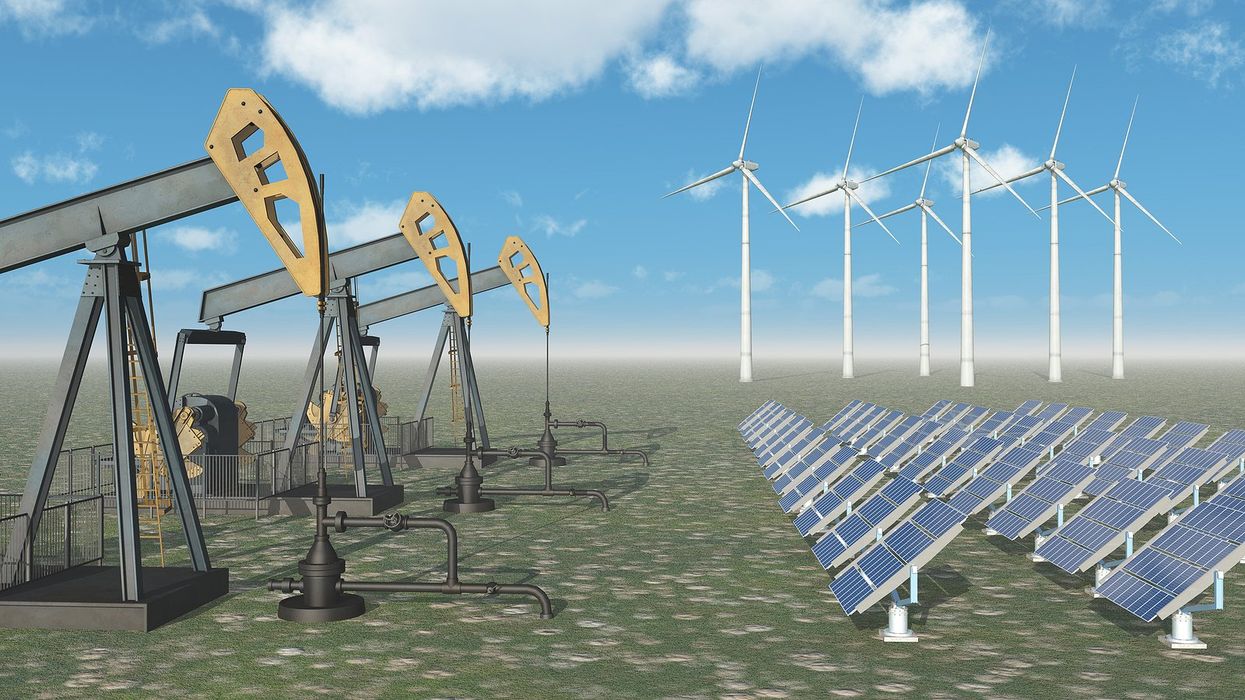The planet is experiencing a significant increase in green vegetation, but this trend may not be as positive as it seems.
In short:
- Recent studies show a substantial increase in Earth's green vegetation, driven by factors like CO2 fertilization and agricultural expansion.
- While this greening can help absorb more CO2, it often masks the destruction of diverse ecosystems and can lead to negative environmental impacts.
- The trend reflects the extensive human alteration of the planet, raising concerns about biodiversity loss and ecosystem health.
Key quote:
“The intensification of agriculture that’s been happening in India over the past four decades is stunning.”
— Joshua Gray, geospatial scientist at North Carolina State University
Why this matters:
While increased greenery may seem beneficial for climate change mitigation, it often comes at the cost of biodiversity and ecosystem integrity. This underscores the need for a nuanced understanding of environmental changes and their broader implications for the planet's health.
Rising CO2 will leave crops—and millions of humans—less healthy.














